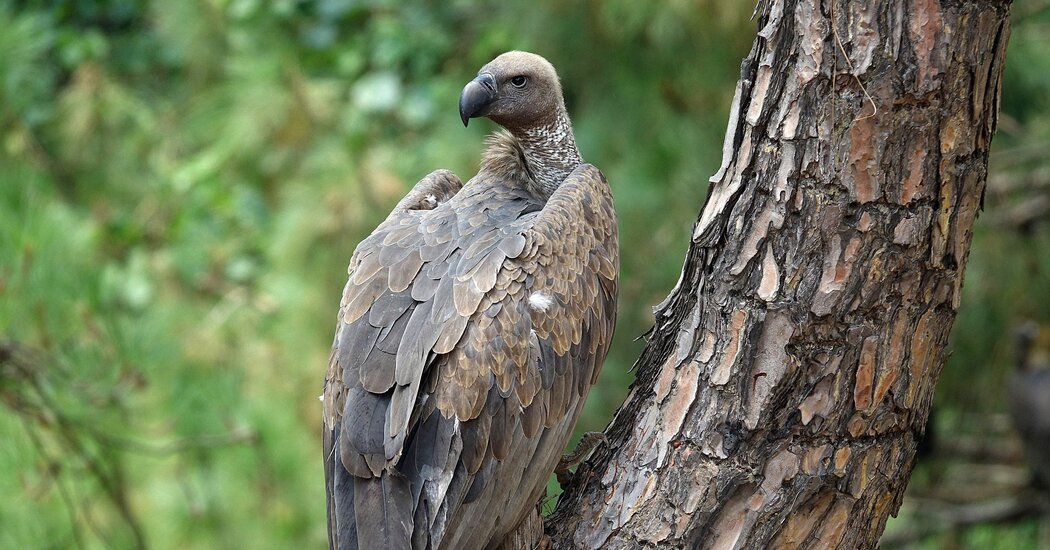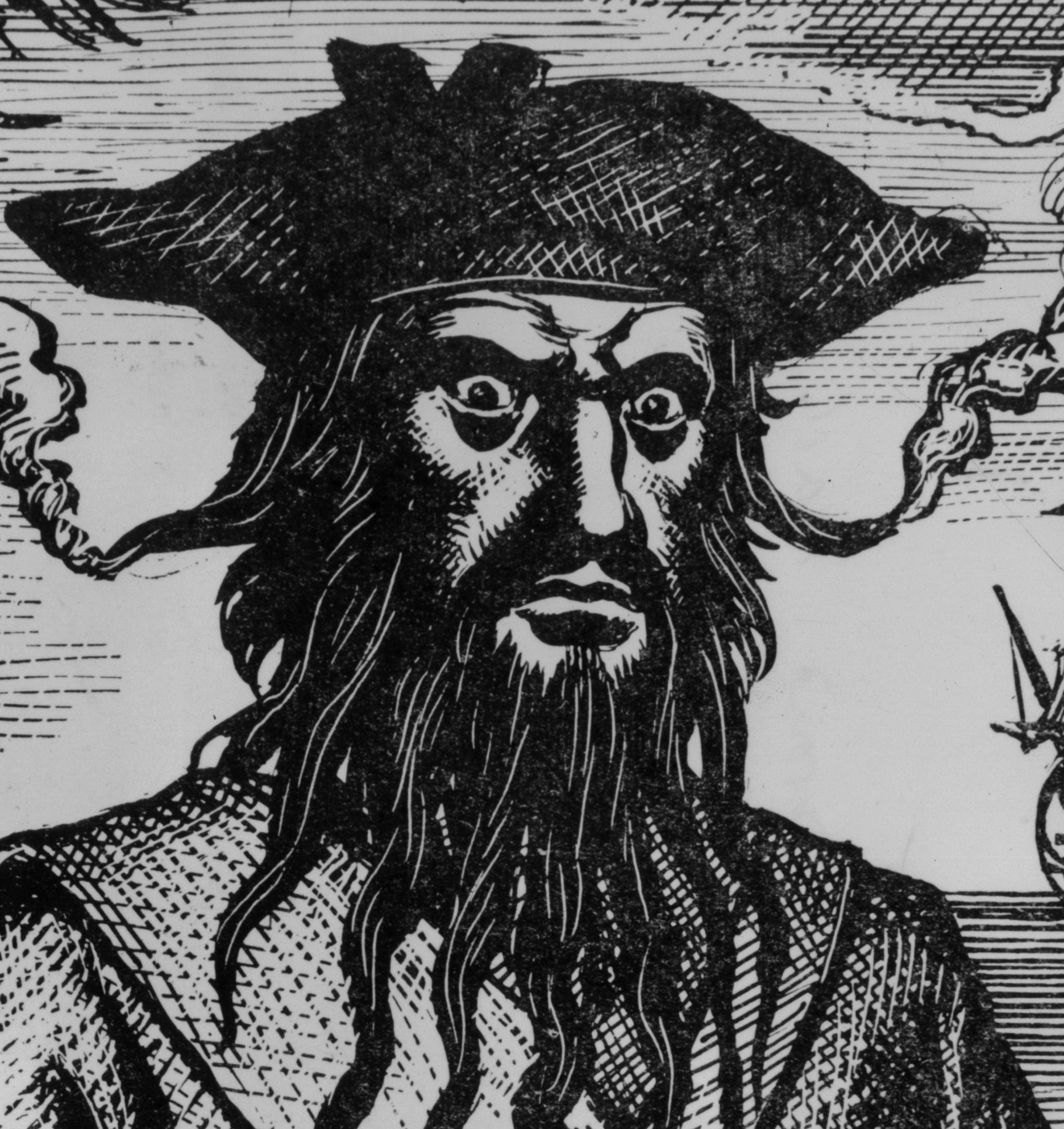- cross-posted to:
- [email protected]
- [email protected]
- cross-posted to:
- [email protected]
- [email protected]
You’ll never believe what happened next! Could we please bypass the clickbait in these posts? Thanks.
.
Thanks. I just created [email protected] along the lines of the similarly named Reddit community, just to get past some of this.
It explains the story in the first three paragraphs. I don’t think that’s too bad:
To say that vultures are underappreciated would be putting it mildly. With their diet of carrion and their featherless heads, the birds are often viewed with disgust. But they have long provided a critical cleaning service by devouring the dead.
Now, economists have put an excruciating figure on just how vital they can be: The sudden near-disappearance of vultures in India about two decades ago led to more than half a million excess human deaths over five years, according to a forthcoming study in the American Economic Review.
Rotting livestock carcasses, no longer picked to the bones by vultures, polluted waterways and fed an increase in feral dogs, which can carry rabies. It was “a really huge negative sanitation shock,” said Anant Sudarshan, one of the study’s authors and an economics professor at the University of Warwick in England.
.
It explains the story in the first three paragraphs. I don’t think that’s too bad:
The hope is to give the story gist in the post itself, without expecting the person to click the link. In this case, “rotting carcasses polluted waterways and spread illness” would have resolved the clickbait.
Correct me if I’m wrong but didn’t this lead to issues with a sort of sky burial religious practice in that area as well?
.
We’ll just keep killing species until we kill too many and the entire ecosystem around us will collapse with no way for us to technology our way out of it. I don’t know how many species have to die until we understand that limitless growth doesn’t exist. Maybe we never will learn…
We already know, its not learning. Its caring, and we dont. Greed > Caring
well that an impotence. I care but have little to know effect.



